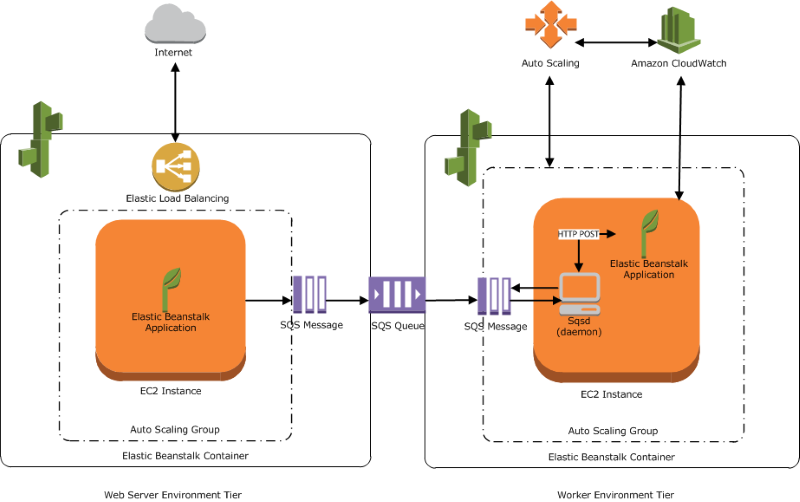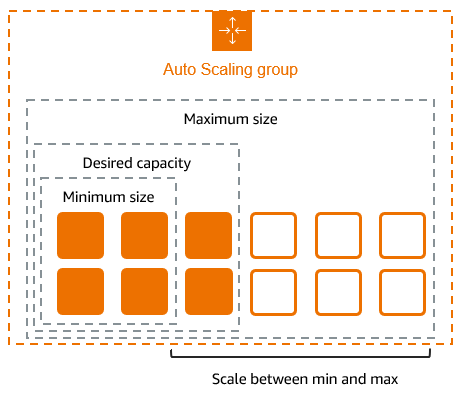Welcome to our "DevOps From Scratch" series! In this first installment, we're breaking down what DevOps really means, why it matters, and how it's transforming the tech world. Whether you're just starting your tech journey or looking to pivot your career, this guide will set you up for success.
What Is DevOps, Really?
DevOps isn't just another tech buzzword—it's a complete mindset shift in how we build and deliver software. At its core, DevOps combines two traditionally separate worlds: software development (Dev) and IT operations (Ops).
In the old days, these teams worked in isolation. Developers would write code, toss it "over the wall" to operations, and then operations would struggle to deploy and maintain it. This created friction, delays, and a whole lot of finger-pointing when things went wrong.
DevOps tears down these walls. It's about creating a collaborative environment where development and operations work together throughout the entire software lifecycle—from planning and coding to deployment and monitoring.
As Patrick Debois, one of the founders of the DevOps movement, put it: "DevOps is about removing the barriers between traditionally siloed teams, development and operations."
A Brief History: How Did We Get Here?
DevOps didn't emerge overnight. Its roots trace back to the mid-2000s when IT professionals began questioning the traditional ways of building and delivering software.
The term "DevOps" was coined in 2009 by Patrick Debois when he organized the first DevOpsDays conference in Belgium. It gained momentum as organizations faced increasing pressure to deliver software faster without sacrificing quality.
The rise of cloud computing, containerization, and microservices architecture further fueled the DevOps movement. These technologies made it easier to implement DevOps practices and enabled teams to work more collaboratively and efficiently.

The Four Pillars of DevOps Culture
DevOps is as much about culture as it is about technology. Here are the four key cultural pillars that form its foundation:
1. Collaboration and Shared Responsibility
In a DevOps environment, developers and operations teams share responsibility for the entire software lifecycle. When a problem arises, there's no "throwing it over the wall"—everyone works together to find a solution.
This culture shift often requires reorganizing teams around products or services rather than technical specialties. Cross-functional teams that include both development and operations perspectives can make better decisions faster.
2. Automation Over Manual Work
A healthy DevOps culture embraces automation. Repetitive tasks—like testing, infrastructure provisioning, and deployments—are automated to reduce human error and free up time for innovation.
This doesn't mean eliminating humans from the process; rather, it's about letting machines do what they're good at (repetitive tasks) so humans can focus on what they're good at (creative problem-solving).
3. Continuous Improvement
DevOps teams are always looking for ways to improve. They regularly reflect on their processes, identify bottlenecks, and implement changes to work more efficiently.
This involves measuring performance metrics, learning from failures, and constantly refining workflows. In DevOps, improvement is never "done"—it's an ongoing journey.
4. Customer-Centric Focus
At the end of the day, DevOps exists to deliver better software to customers faster. This means understanding user needs, gathering feedback, and making quick adjustments based on that feedback.
DevOps teams prioritize features that provide the most value to customers and use techniques like feature flags and canary deployments to test new functionality with real users.
Core Technical Principles of DevOps
While culture is crucial, DevOps also relies on specific technical practices. Here are the core principles that power DevOps implementations:
Continuous Integration (CI)
Continuous Integration involves developers frequently merging their code changes into a central repository, after which automated builds and tests are run. The key goals of CI are:
- Detecting and fixing integration problems early
- Improving software quality through automated testing
- Making the build process transparent and visible to the team
A typical CI workflow looks like this: a developer commits code to the shared repository, triggering automated tests. If the tests pass, the build is considered successful; if they fail, the team addresses the issues immediately.
Continuous Delivery/Deployment (CD)
Building on CI, Continuous Delivery ensures that code is always in a deployable state. Continuous Deployment takes this a step further by automatically deploying every change that passes all tests.
The benefits include:
- Faster time to market for new features
- Lower-risk releases through smaller, more frequent deployments
- Immediate feedback on production issues
Infrastructure as Code (IaC)
Infrastructure as Code treats infrastructure provisioning and management as a software development process. Instead of manually configuring servers, networks, and other resources, teams define them using code that can be version-controlled, tested, and automated.
This approach:
- Makes infrastructure changes repeatable and consistent
- Reduces configuration drift between environments
- Enables rapid scaling up or down based on demand

Monitoring and Feedback
DevOps teams implement comprehensive monitoring systems that provide visibility into both the application and infrastructure performance. This continuous feedback loop helps teams:
- Detect and resolve issues before they impact users
- Understand how new features perform in production
- Make data-driven decisions about future improvements
DevOps Tools Landscape
The DevOps toolchain is vast and constantly evolving. Here's a quick overview of popular tools in each category:
- Source Control: Git, GitHub, GitLab, Bitbucket
- CI/CD: Jenkins, CircleCI, GitHub Actions, GitLab CI/CD
- Configuration Management: Ansible, Chef, Puppet
- Containerization: Docker, Kubernetes
- Infrastructure as Code: Terraform, CloudFormation, Pulumi
- Monitoring and Logging: Prometheus, Grafana, ELK Stack, Datadog
While tools are important, remember that DevOps is about more than just implementing fancy technology. The right tools should support your processes and culture, not define them.
Benefits of Embracing DevOps
Organizations that successfully implement DevOps practices see numerous benefits:
Speed and Efficiency
- Faster time to market for new features and products
- Reduced lead time from idea to production
- More efficient use of resources through automation
Quality and Reliability
- Fewer production failures through automated testing and validation
- Quicker recovery from incidents when they do occur
- More stable and reliable systems overall
Cultural Benefits
- Improved collaboration and communication between teams
- Higher employee satisfaction and reduced burnout
- Greater innovation as teams spend less time on manual tasks
According to the State of DevOps Report, high-performing DevOps organizations deploy code 208 times more frequently and recover from incidents 2,604 times faster than their low-performing counterparts.

Common Challenges and How to Overcome Them
Implementing DevOps isn't without challenges:
Cultural Resistance
Many organizations struggle with cultural resistance when transitioning to DevOps. Long-standing silos and "that's how we've always done it" mentalities can be difficult to break down.
Solution: Start small with a pilot team, demonstrate success, and let the results speak for themselves. Focus on education and addressing concerns openly.
Tool Overload
With so many DevOps tools available, teams can get overwhelmed trying to implement too many at once.
Solution: Begin with essential tools that address your most pressing pain points. Add more as your team matures and specific needs arise.
Balancing Speed and Security
Moving fast can sometimes compromise security if proper safeguards aren't in place.
Solution: Incorporate security earlier in the development process (known as "DevSecOps") rather than treating it as an afterthought.
Getting Started with DevOps
Ready to begin your DevOps journey? Here are some practical first steps:
-
Assess your current state: Identify bottlenecks and pain points in your software delivery process.
-
Start small: Choose one application or service as a pilot project for implementing DevOps practices.
-
Focus on culture first: Begin breaking down silos between teams before implementing new tools.
-
Automate one thing at a time: Start with the most manual, error-prone processes for automation.
-
Measure and learn: Establish key metrics to track your progress and adjust your approach based on results.
Remember, DevOps is a journey, not a destination. Even the most advanced organizations are constantly refining their processes and adopting new practices.
What's Next in Our DevOps Series?
This post is just the beginning of our "DevOps From Scratch" series. In upcoming articles, we'll dive deeper into:
- CI/CD Demystified: Building Your First Pipeline
- Getting Hands-On with Git for Version Control
- Docker 101: Containers Made Easy
- Kubernetes Explained: Orchestrating Your Containers
- Infrastructure as Code: Terraform and CloudFormation
Stay tuned to DevOps Horizon for these and more practical guides to help you master DevOps!
DevOps isn't just changing how we build software—it's transforming entire organizations. By embracing collaboration, automation, continuous improvement, and customer feedback, teams can deliver better software faster than ever before.
Whether you're just starting your DevOps journey or looking to level up your existing practices, remember that the most important element is the mindset. Tools and technologies will come and go, but the principles of breaking down silos, automating processes, and continuously improving will always remain at the heart of DevOps.
What aspects of DevOps are you most excited to learn about? Let us know in the comments below!




